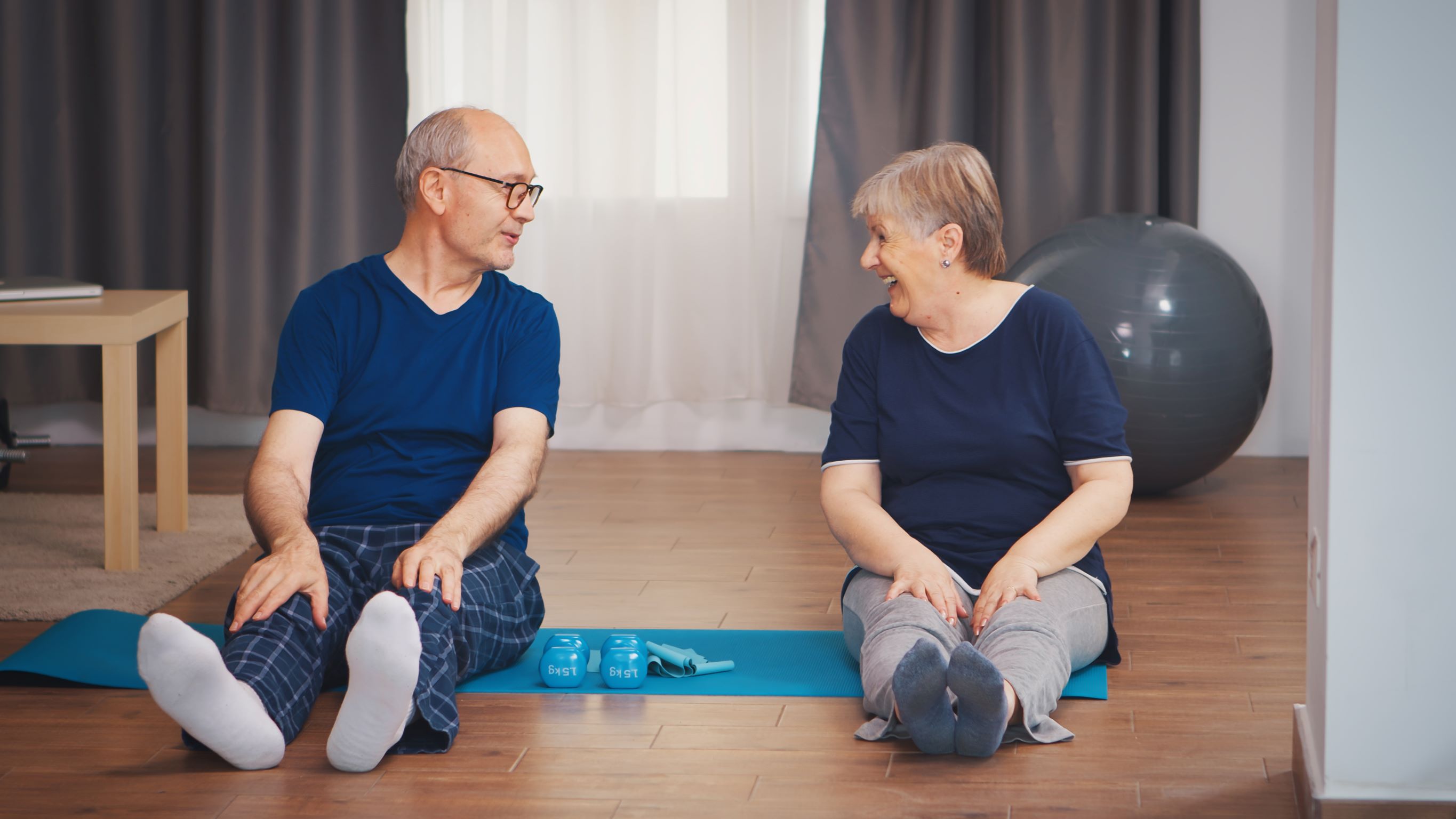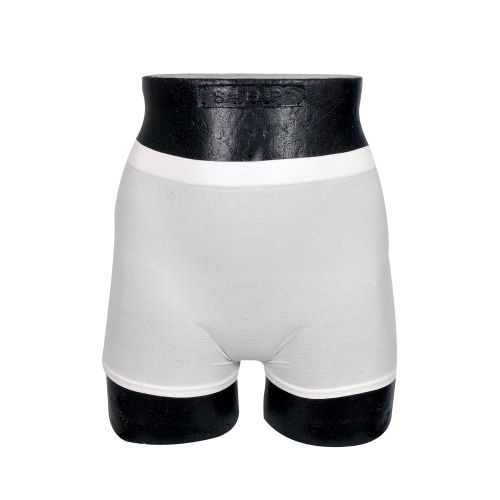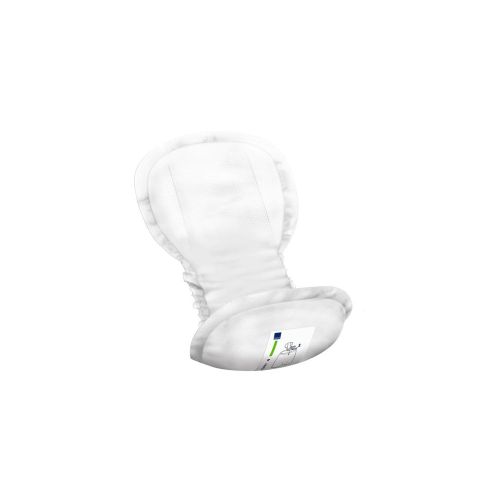Exercise incontinence is the most common form of incontinence, affecting about one out of five women over the age of 40. Exercise incontinence generally occurs during physical exertion such as running, jumping and coughing.
What is exercise incontinence?
Exercise incontinence has nothing to do with psychological stress, but instead with excessive pressure on the bladder and abdomen and a weakened or damaged pelvic floor muscles. The weakened pelvic floor muscles can’t absorb the extra pressure on the bladder that occurs during exercise or other physical activity and involuntary urination can occur.
Some people with exercise incontinence will experience occasional leaks of just a few drops, while others will completely avoid certain activities. The causes behind exercise incontinence vary and are different for both men and women, but the consequences can be difficult to manage for anyone affected.
Exercise incontinence in pregnancy
Exercise incontinence is most common in women, especially during and after pregnancy. Weakened or damaged pelvic floor muscles can be the result of hormonal changes during pregnancy. And while hormonal changes are necessary for the child to develop, they also cause unpleasant pregnancy ailments such as nausea, mood swings and involuntary urination. Weakened pelvic floor muscles can persist for several months after pregnancy as well, while the pelvic floor muscles can also be damaged during delivery.
Exercise incontinence and menopause
During menopause, the body goes through various changes in hormone levels. As the ovaries stop production of the female hormone estrogen, the muscle strength in the pelvic floor decreases. This weakening of the pelvic floor can result in exercise incontinence.
Exercise incontinence in men
It’s estimated that about one in twenty men live with exercise incontinence. This can be due to causes such as prostrate surgery, being overweight or chronic coughing. As the pelvic floor ages, it can also weaken and cause exercise incontinence.
Solutions for exercise incontinence
If exercise incontinence is known to be caused by pregnancy, the symptoms will generally disappear with time. For most people, including those with pregnancy induced incontinence, pelvic floor exercises can help accelerate the recovery process and relieve symptoms. In addition to pelvic floor exercises, a doctor or health care professional can prescribe different medications or suggest specific treatment methods to reduce or relieve exercise incontinence.
For incontinence management, finding reliable products that protect against unintentional urine leaks is important. Abena’s continence products come in various forms for the different degrees of incontinence. Their range of products are designed with maximum comfort and leakage protection that protects against urine leakage and enhances the user’s freedom.










